Country United States Test type tower Start date 1951 | Period 1951 Number of tests 4 | |
 | ||
Test site Ebiriru (Ruby), Enewetak Atoll; Enjebi (Janet), Enewetak Atoll; Runit (Yvonne), Enewetak Atoll Max. yield 225 kilotonnes of TNT (940 TJ) | ||
Operation Greenhouse was the fifth American nuclear test series, the second conducted in 1951 and the first to test principles that would lead to developing thermonuclear weapons (hydrogen bombs). Conducted at the new Pacific Proving Ground, specifically on islands of the Enewetak Atoll, all of the devices were mounted in large steel towers, to simulate air bursts. This series of nuclear weapons tests was preceded by Operation Ranger and succeeded by Operation Buster-Jangle.
Contents
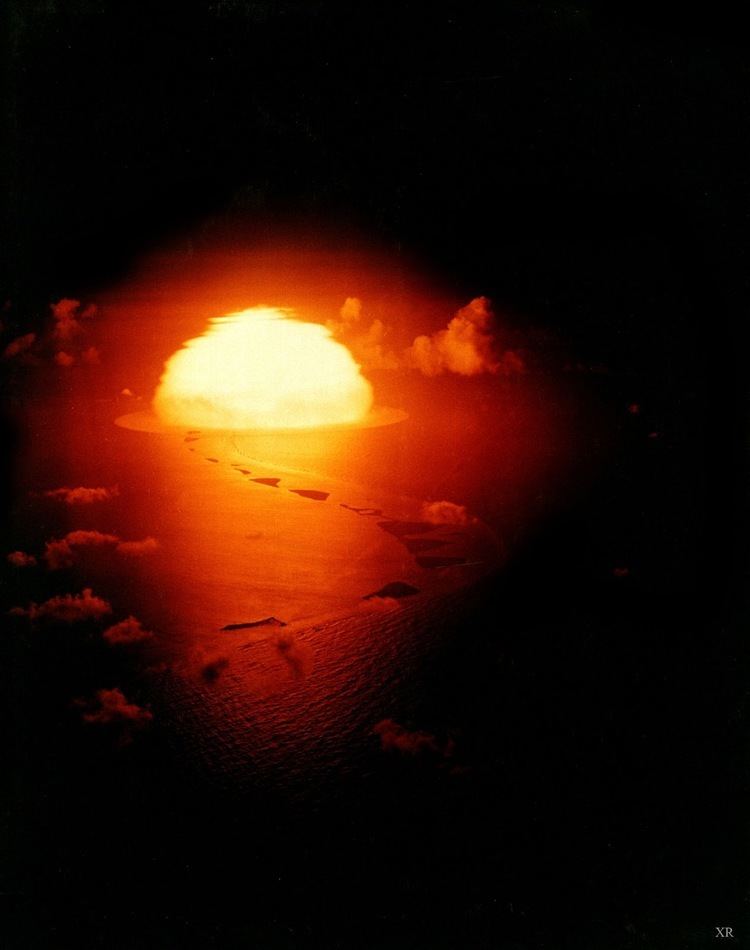
Operation Greenhouse showcased new and aggressive designs for nuclear weapons. The main idea was to reduce the size, weight, and most importantly, reduce the amount of fissile material necessary for nuclear weapons, while increasing the destructive power. With the Soviet Union's first nuclear test a year and half earlier, the United States had begun stockpiling the new designs before they were actually proven. Thus the success of Operation Greenhouse was vital before the development of thermonuclear weapons could continue.

A number of target buildings, including bunkers, houses and factories were built on Mujinkarikku Islet to test nuclear weapon effects.
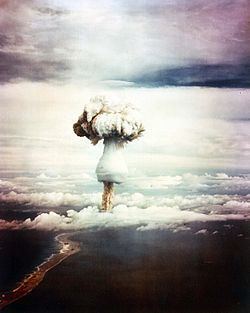
Operation greenhouse shadowcraft ep 8
George
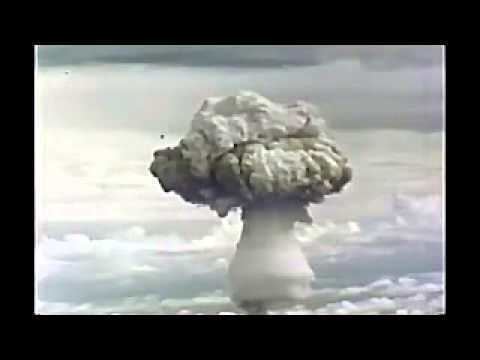
The George explosion was the world's first thermonuclear burn, though it was just a test design, unsuitable for weaponization. Shaped like a torus, the George device had a small amount of heavy isotopes of liquid hydrogen (deuterium and tritium) placed at its center. The vast majority of its yield derived from fission. The energy output from the thermonuclear fusion in this test was insignificant in comparison. The "George" device was more like a "boosted" atomic bomb than a thermonuclear one. The small amount of heavy deuterium and tritium in this test fused, but its role was to generate a strong flurry of fast neutrons - ones that sparked more fissions in the uranium nuclei that were present, and which also caused fission in uranium-238 - which does not fission under bombardment with slow neutrons, as does uranium-235.
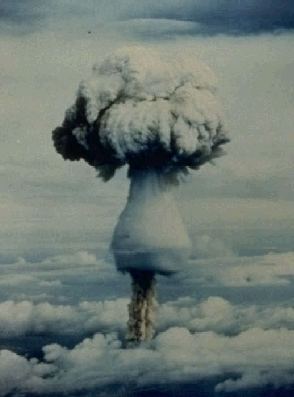
The George design was a 'Classical Super' prototype with a binary triggering device using radiation implosion upon a cylinder. The design of the triggering system in this test was based on the one patented by Klaus Fuchs and von Neumann in 1946. Its success played a vital role in the History of the Teller–Ulam design.
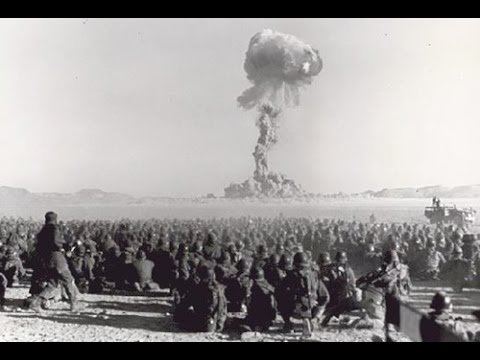
The George test validated the principles which would be used for the first full-scale thermonuclear bomb test, Ivy Mike, one year later, on 1 November 1952, at Enewetak Atoll. Item was the first boosted fission weapon, nearly doubling the normal yield of a similar non-boosted weapon.
Dog
The Dog explosion is most popularly known for an image taken of those viewing it than the actual explosion itself, the photograph depicts numerous VIPs wearing safety goggles sitting on Adirondack chairs while being illuminated by the flash of the detonation. This photograph takes up the bottom portion of the cover of the 1995 documentary Trinity and beyond by Peter Kuran. The safety goggles worn by all those viewing the test in the picture have become somewhat of a museum collectors item, with a possibility that Norman F. Ramsey may have been present. Cynthia Miller claims that her father, Van Dine, is the first man on the left in the photo. The blast wave safely arrived at the location of the VIPs some 45 seconds after the initially silent flash of the detonation as observed from their position on Parry island.
